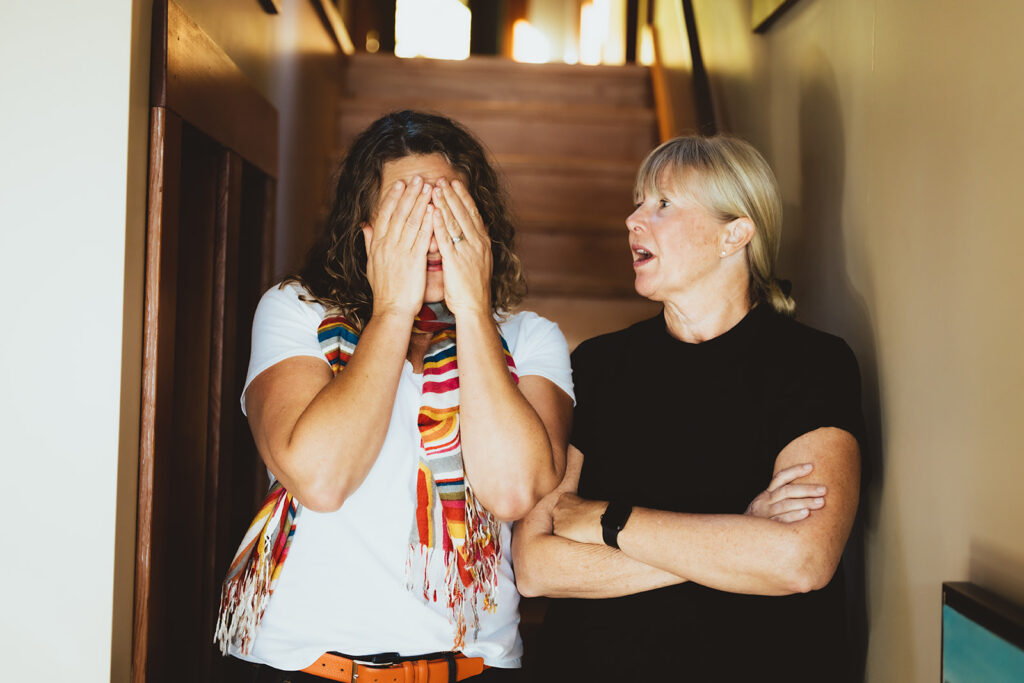Microstress differs from traditional stress in its subtlety and frequency. These small, often unnoticed stressors can accumulate and greatly impact our well-being, both mentally and physically. Join us as we uncover the hidden impacts of microstress and explore strategies to combat its effects for a healthier, more balanced life.
SHOW NOTES
While traditional stress arises from major life events, microstressors are small, often unnoticed, and yet they can accumulate and significantly affect our well-being. Microstress, unlike what we think of as more conventional stress, does not provoke the same physiological response as bigger stress – so our body is not working to protect us from stress in the same way. Microstressors can be categorized into three main types:
- Draining our capacity to get things done: These microstressors often make us feel like we’re failing at work and in our personal lives. Examples include misalignment with collaborators on roles or priorities, uncertainty about others’ reliability, and an overwhelming number of tasks or responsibilities.
- Draining our emotional reserves: These microstressors are caused by others and can leave us feeling emotionally depleted. Examples include feeling responsible for the success and well-being of others, confrontational conversations, and a lack of trust in our social network.
- Challenging our identity: These microstressors can trigger feelings of discomfort, making us question if we’re truly living in line with our values and goals. Examples include pressure to pursue goals that don’t align with our personal values, attacks on our self-confidence or worth, and negative interactions with family or friends.
The effects of microstress extend beyond mental health, impacting physical well-being as well. It disrupts the body’s ability to maintain internal balance, leading to issues like “brain fog,” where cognitive function is impaired – and even affects our body’s ability to process food. Despite these challenges, there are strategies to mitigate the effects of microstress.
Pushing back against microstress in practical ways—such as learning to say no to small requests, managing technology to reduce interruptions, and readjusting relationships to prevent others from putting microstress on you—can be effective. Rising above these stressors, by keeping them in perspective and not letting them consume us, is another valuable approach.
Human connection emerges as a powerful tool in combating microstress. Engaging with others helps develop brain circuits that manage our reactions and emotions, alleviating the burden of stress. By cultivating diverse connections and engaging in meaningful activities, we can create a multidimensional life that buffers us against the effects of microstress.
Join us as we explore the world of microstress, uncovering its hidden impacts and discovering strategies to combat its effects. Learn how small changes in daily life can lead to significant improvements in overall well-being.

